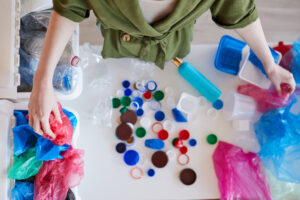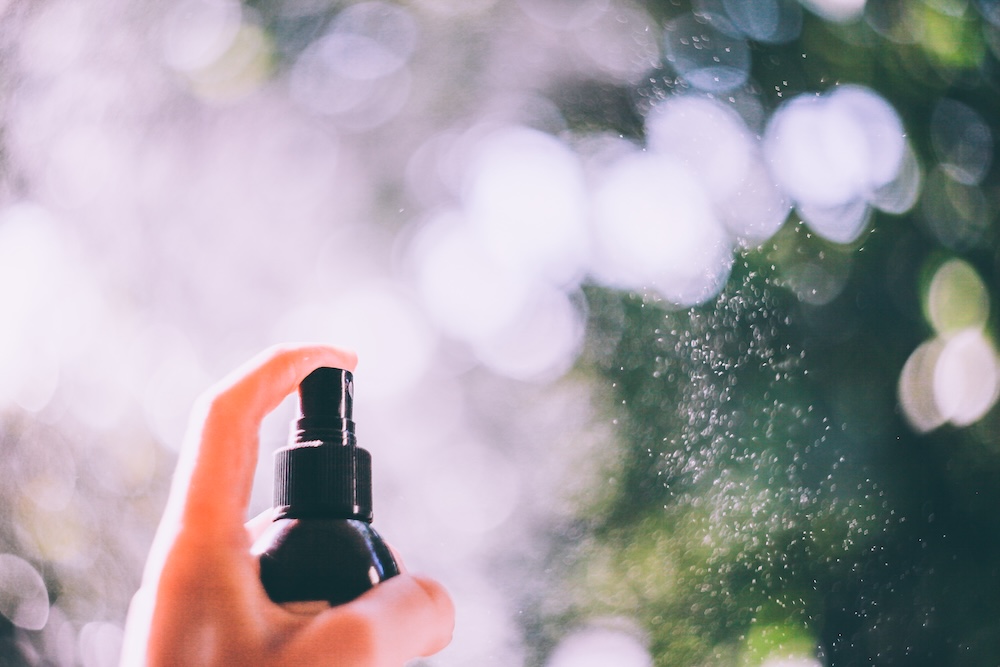Why Make Your Own Body Spray?
In 2025, more consumers are turning away from synthetic body sprays filled with alcohols, artificial fragrances, and hormone-disrupting chemicals. The rise of DIY body sprays is about more than just scent—it’s about control, transparency, and skin health.
Creating your own body spray allows you to tailor fragrance strength, choose safer ingredients, and avoid allergens. It’s cost-effective, fun, and surprisingly easy.
The Problem With Commercial Body Sprays
Many conventional products include:
- Synthetic fragrances (may contain phthalates and VOCs)
- Preservatives and stabilizers (e.g., parabens)
- High concentrations of denatured alcohol, which can dry out and irritate skin
- Aerosol propellants that affect indoor air quality and the environment
What You’ll Need for a DIY Body Spray
Core Ingredients:
- Distilled water or hydrosol (like rose water or lavender water)
- Vodka or witch hazel (as a natural preservative and dispersant)
- Essential oils (for fragrance and mood support)
Optional Additions:
- Vegetable glycerin (adds moisture and helps scent cling longer)
- Aloe vera juice (soothes skin, adds hydration)
- Vitamin E oil (natural antioxidant)
Equipment:
- Small glass spray bottle (amber or cobalt preferred)
- Small funnel and measuring spoons
- Labels for customization
DIY Body Spray Formula Template
Basic Ratio:
- 2 oz (60 mL) distilled water or hydrosol
- 1 tsp vodka or witch hazel
- 10–20 drops essential oils
- Optional: 1 tsp glycerin or aloe juice
Instructions:
- Add essential oils to bottle first.
- Add vodka or witch hazel and shake gently.
- Pour in water or hydrosol.
- Add optional ingredients.
- Shake before each use.
Scent Blend Ideas
Uplifting
- Lemon + grapefruit + peppermint
Relaxing
- Lavender + bergamot + cedarwood
Grounding
- Patchouli + sandalwood + frankincense
Floral
- Geranium + ylang ylang + vanilla
Green/Clean
- Rosemary + eucalyptus + lemon
Safety Tips for Essential Oils
- Always dilute properly (avoid skin irritation)
- Conduct a patch test before widespread use
- Avoid sun exposure after applying citrus oils (they’re phototoxic)
- Store in a cool, dark place
Customizing Your Spray
- Adjust scent intensity with more or fewer drops
- Choose seasonal blends or signature scents
- Add crystals or flower petals for visual flair (just ensure they’re sterile)
Benefits of DIY Body Sprays
- Avoids harsh chemicals and aerosols
- Tailored to personal preferences
- Hydrates and nourishes skin
- Doubles as a room or linen spray
- Sustainable and refillable packaging
Common Questions About DIY Body Spray
How long does it last?
2–4 weeks without preservatives, 2–3 months with alcohol/vitamin E stored in a cool space.
Can I use rubbing alcohol?
It’s not recommended for skin—it’s too drying. Use vodka instead.
Is this safe for kids?
Yes, with kid-safe oils like lavender, chamomile, or vanilla—and proper dilution.
Can I use tap water?
Distilled water is better to prevent bacteria and extend shelf life.
Final Thoughts: Personal Scents, Cleaner Living
DIY body sprays are more than just fragrance—they’re a statement of mindful self-care. With a few natural ingredients and a bit of creativity, you can smell great, stay fresh, and avoid synthetic chemicals all at once.
In a world where scent is linked to memory, mood, and even health, crafting your own spray means every mist tells your story—clean, conscious, and custom-made.









Reader Interactions